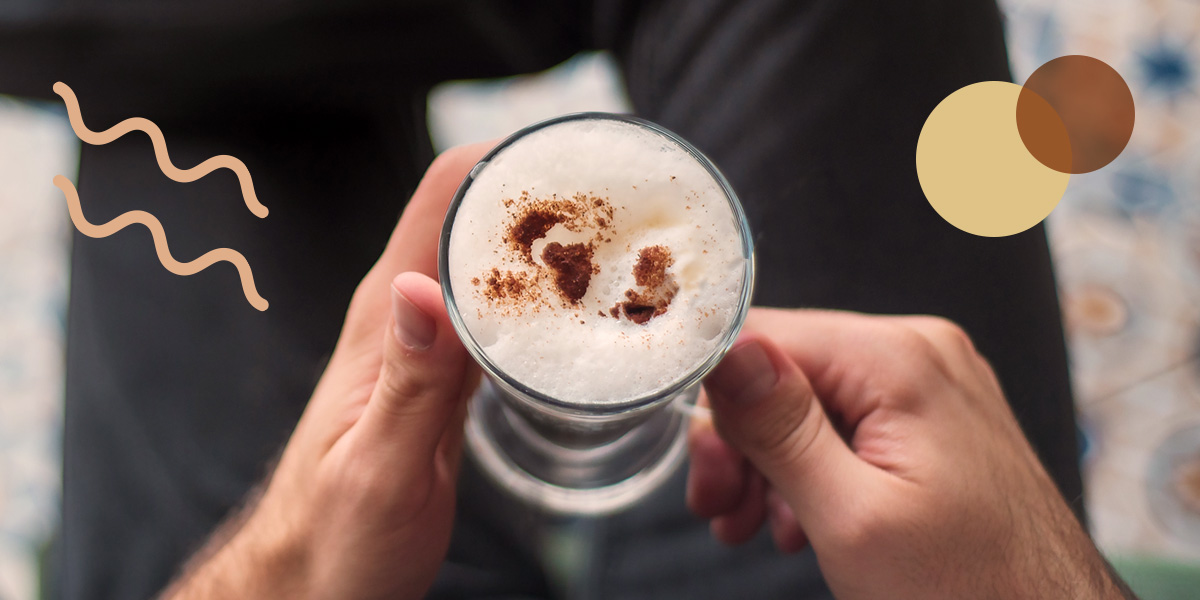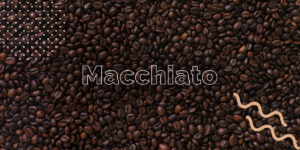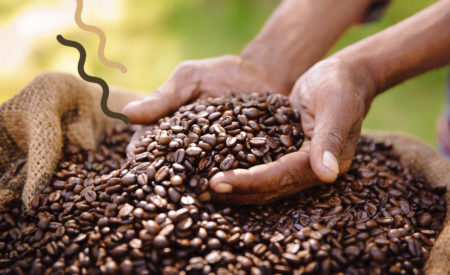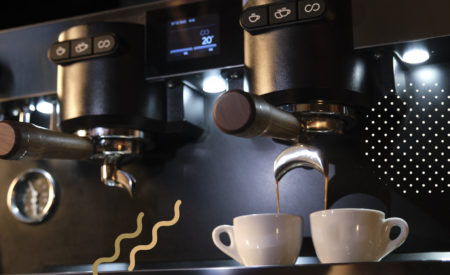What is the difference between a cappuccino, a latte macchiato and a macchiato?
Frothy milk: what a wonderful invention! Well, yes, it might not be on the same level as medicines, but on certain days it manages to revive us just as well, don’t you agree?
Coffee, together with that soft, foamy texture is an amazing combo and it’s no surprise it has gained worldwide popularity, so much so that as a coffee shop owner you may have decided to include it in your menu.
Is that so?
If your answer is yes, you might however be a bit confused with all the different variants. There are so many that it’s hard to keep track and that begs the question: what is the difference between a cappuccino, a latte macchiato and macchiato?
They’re all made with milk and espresso coffee but quantities and procedures are different. Simply put, a macchiato is an espresso with a drop of milk, while a latte macchiato is a glass of milk (usually in a tumbler glass) with a shot of espresso. A cappuccino has a lot more foam than a latte macchiato and the coffee flavour is also stronger than a latte macchiato.
Nevertheless, things are never that simple, so keep reading to learn all the details. You’ll need all the info to serve top-notch beverages!
Barista tips to froth milk
Let’s get the basics right first!
The best type of milk for frothing: to froth milk with steam you’ll need fresh whole milk, no other type will do.
The correct temperature for milk frothing: you must always keep the milk in the fridge at a temperature between 0°C – 5°C.
As you get busy, pay attention not to leave the bottle outside the fridge for too long or near the coffee machine, as this could increase the milk’s temperature. You want it cold for it to froth correctly.
Step-by-step milk frothing with a commercial espresso machine
1) Wipe clean the steam wand. Pull the steam lever and let some steam out, this will unclog the wand, then clean the wand with a wipe.
2) Pour the milk into a jug and insert the nozzle in the milk, then pull the steam lever to create a vortex that will add air to the milk.
3) Warm the milk by putting the steam wand nozzle on the milk’s surface, the correct temperature should be between 55°C – 65°C.
A couple of things to watch out for:
– Don’t go over 65°C when you warm the milk or it will burn.
– If the milk foam tastes acid in your mouth when you try the cappuccino, then the milk was not properly frothed.
How to make barista-style cappuccino
Follow the steps above to froth 100 ml of milk.
Then, prepare an espresso and afterwards mix the milk by gently rotating the jug for a few seconds. You’re now ready pour the milk from the jug into the cup and that’s it!
How to make barista-style latte macchiato
Follow the steps above to froth 150–200 ml of milk.
Pour the frothed milk in a tall glass, then make an espresso using a little jug instead of a cup.
Serve the two separately, the customer will pour the espresso into the milk on his own.
How to make barista-style macchiato
Follow the steps above to froth 30 ml of milk.
Then prepare an espresso and pour the milk from the jug into the espresso.
You now should have a standard espresso cup filled to brim, topped with white foam circled by a brown ring.










